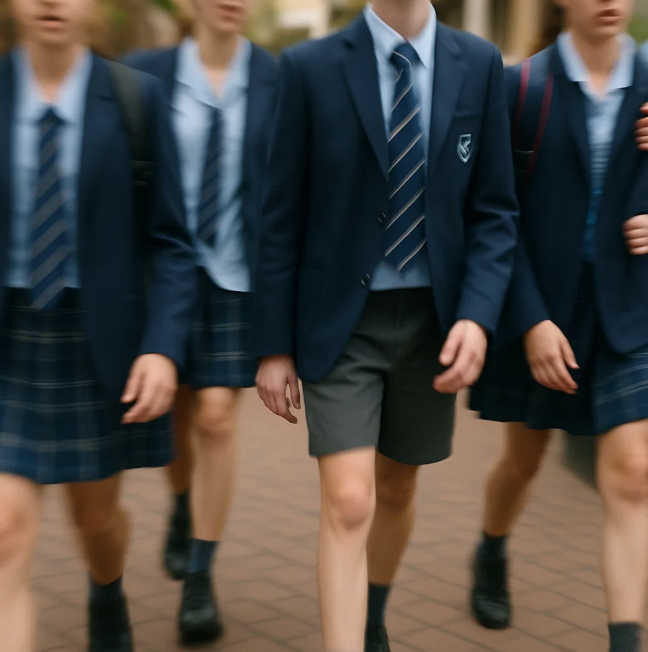
Independent schools in NSW are contributing nearly $15bn annually to the state’s economy, supporting tens of thousands of jobs and easing pressure on public funding, new research shows.
The study, conducted by the AEC Group for Independent Schools Australia, found that the state’s 430 Independent schools support almost 77,000 direct and indirect jobs – a major boost not just to education but to the broader economy.
Nationally, the sector is delivering even greater returns. In 2023-24 alone, Independent schools across Australia supported more than 264,000 full-time jobs, generated $29.5bn in household income, and saved taxpayers $12.5bn through reduced government costs.
Association of Independent Schools of NSW (AISNSW) Chief Executive, Margery Evans, said the findings reaffirm the sector’s dual value – delivering strong educational outcomes to more than 716,000 students while also underpinning economic growth.
“Independent schools are not only educators; they are builders, employers, partners in regional development and contributors to Australia’s long-term prosperity,” Evans said in a statement.
“Every dollar invested in an Independent school returns far more in educational outcomes, jobs, economic growth, and productivity for the nation.”
Evans said the report found that in NSW, Independent schools contributed $14.9bn to the state’s economy, including $5.85bn in direct activity and $9.04bn in flow-on activity.
“It also found that NSW Independent schools directly provided 33,760 full-time equivalent jobs – that’s more than Telstra or Qantas – and supported a further 43,182 jobs in flow-on employment.”
Evans said the report confirmed that Independent schools were critical economic drivers in the rural and regional communities where they operated.
“Outside Sydney, Independent schools contributed $3.4bn in direct and flow-on economic activity annually and supported almost 21,000 direct and indirect full-time equivalent jobs in rural and regional areas; that’s the equivalent of the population of a town like Griffith or Armidale.”
Evans said Independent school parents, through their fees and contributions, also saved their fellow taxpayers $3.9 billion in recurrent school costs and a further $1.03bn in capital costs.
“Independent schools ease pressure on public schools by educating almost 20% of the state’s students. This frees up billions of dollars each year for government schools and other public expenditure.”
This story originally appeared in a media release from the Association of Independent Schools NSW.

